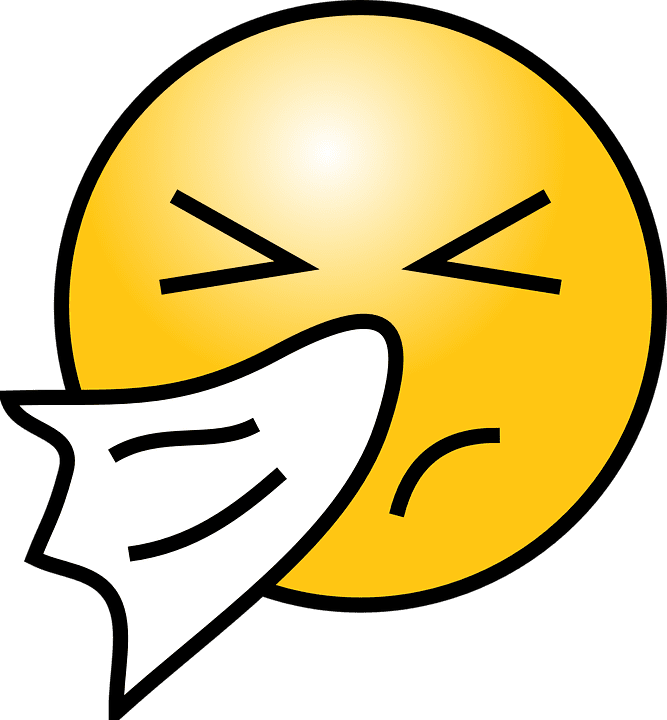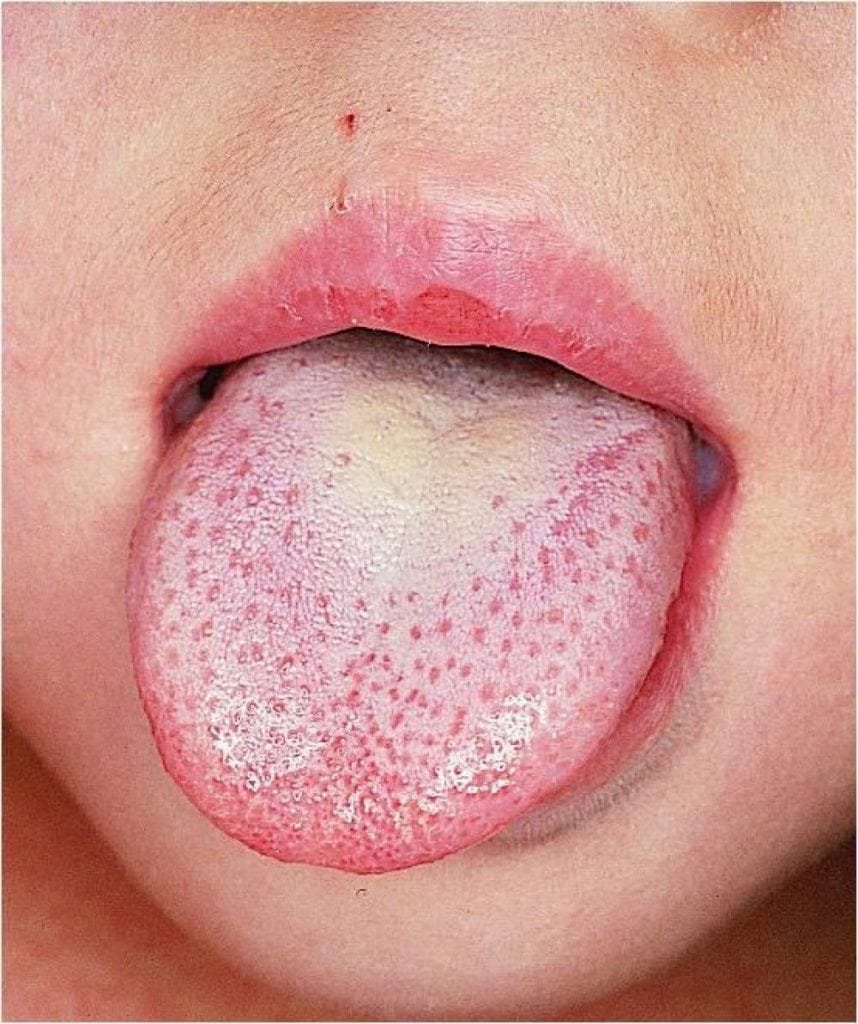Feeling Sick? Should You Cancel Your Dentist Appointment?

Whether you hate cancelling an appointment or have a dental issue and really need to see the dentist, you may need to ask yourself if it is best for you, the dental staff and other patients, to visit the dentist when you are sick. How Sick are You? If something like a headache is making you feel unwell, you are still able to make the appointment as a headache will only test your individual discomfort tolerance. However, contagious illnesses, such as the flu, is a different story. If you are coughing and sneezing, you can possibly pass your illness on to someone else in the dentist’s office. Contact Your Dentist If You Are Sick If your illness is contagious, it is best to contact your dentist’s office and let them know the situation. They can either reschedule your appointment or take other precautions to accommodate your illness. Either way it is recommended to phone and find out what their policy is regarding sick patients. If you do go for your appointment, it is important to let the dental staff know how sick you are and follow any procedures recommended by the staff. The biggest issue when visiting the dentist when you are sick is congestion. As breathing through your mouth is not an option when you are in the dentist’s chair, the experience can be uncomfortable and difficult for the patient and the dentist to efficiently do their job. Steps You can Take to Avoid getting Others Sick: Using a handkerchief or covering your mouth when coughing or sneezing Wash your hands when you arrive Carry hand sanitizer and sanitize before and after touching anything in the dentist’s office Avoid direct contact with others Tell staff you are contagious You should never cancel an appointment unless you have a good reason, as you could be liable for a cancellation fee. However, if you have a contagious illness, you don’t want to spread it. Following the above advice will give you the best opportunity to see the dentist without infecting others and be as comfortable as possible during the visit.
What is Dental Bonding?

What is Dental Bonding? Dental bonding is the application of a tooth-colored composite resin, much like a plastic, to the teeth. It is applied to repair decayed, chipped, fractured or discolored teeth. Bonding can be done in a single dentist visit as it does not need to be manufactured in a laboratory or need a customized mold. What is Dental Bonding Used For? It is an easy and inexpensive cosmetic dental procedure, which can improve the appearance of discolored or chipped teeth. It is also used to fill in gaps between teeth, and can be used to modify the shape or length of teeth for cosmetic purposes. The composite resin can be shaped and polished to match the surrounding teeth for the perfect finish. Dental bonding has also been used as an alternative to amalgam or metal fillings since the composite is able to blend in with the rest of the patient’s natural teeth for a more appealing smile. Another use is the application to protect a portion of a tooth’s root that has been exposed as a result of receding gums. How is Dental Bonding Applied? Anesthesia is not necessary in this process unless the bonding is being used to fill a decayed tooth. There is no extra preparation that needs to be done before this dentist appointment. In the appointment, your dentist will use a color guide to select the composite resin that will match the natural color of your teeth. The dentist will then slightly etch the surface of the tooth to make its surface rough and then coat the tooth in a conditioning liquid. This is so the composite resin will stick to the tooth. When the tooth is prepared, the tooth-colored, putty-like resin will be applied. The resin is molded and smoothed into its proper shape. An ultraviolet light or laser is then used to harden the material. Your dentist will further trim and shape the bonding once it has hardened. The tooth will then be polished until the bonding matches the natural sheen of your teeth. The whole process can take between 30 minutes to an hour, depending on the amount of work that needs to be done. If you’re having more than one tooth done, you may need to schedule different appointments. What to Avoid After a Dental Bonding Procedure Substances, such as tea, coffee and cigarette smoke can stain the dental bonding resin and should be avoided to maintain the resin’s original color. To prevent or minimize stains, avoid eating or drinking foods that can stain for the first 48 hours after any composite procedure. Patients should continue to brush their teeth twice a day, maintain a good oral hygiene regime and have their teeth cleaned regularly by a dental hygienist to ensure the dental bonding lasts as long as possible.
Why is My Tongue White?

What is the White Substance on my Tongue? A healthy tongue is pink looking and moist or it may have a thin white coating on its surface. The surface of your tongue should have small bumps all over, called papillae. Our taste buds sit on these bumps. There are a few other surface textures that are considered normal but this is your classic or textbook tongue. However, there are many people who struggle with a surface texture that looks more like a blanket of white, or maybe they have developed patches of white under their tongue or on their cheeks. This is not a normal or healthy tongue or mouth. White tongue conditions Oral thrush or candidiasis is a yeast infection of the mouth caused by the fungus Candida. White patches develop on the tongue and throat that have a cottage cheese look and feel to them. If you scrape the substance off your tongue, you will expose a red patch. This infection is most likely to occur after a treatment of antibiotics as there is an unbalance of bacteria in the mouth. Other factors that can cause oral thrush include smoking, poor oral hygiene, dentures that don’t fit properly, dry mouth, diabetes, or chemotherapy. If you think you have oral thrush you need to see your doctor immediately as it will only worsen if left untreated. Oral thrush is normally treated with a 7 to 14 day course of antifungal medication. Leukoplakia is the formation of white patches inside the mouth and on the tongue due to excessive cell growth. The most common cause is tobacco. It is extremely important to visit your dentist to have them determine the cause of the Leukoplakia as it can be a precursor to oral cancer. Oral lichen planus looks like a spider web of raised white lines on your tongue or the inside of your cheeks. It is normally caused by an autoimmune response and is a chronic inflammatory condition. The condition should be monitored, however, it normally disappears on its own. In very rare cases it can lead to oral cancer. Risk factors for the above and other tongue conditions include smoking, alcohol, poor diet, poor oral hygiene, a weak immune system or viral infections. To keep your tongue healthy, it is recommended to brush your tongue before brushing and flossing your teeth. It is most effective in the mornings. Brush your tongue from the back to the front, rinsing the brush after each stroke to avoid placing bacteria scraped off the tongue back in the mouth. Any discomfort, sores, swelling, as well as color, texture or taste changes in the mouth or on the tongue should be monitored and seen to by a dentist or doctor.
